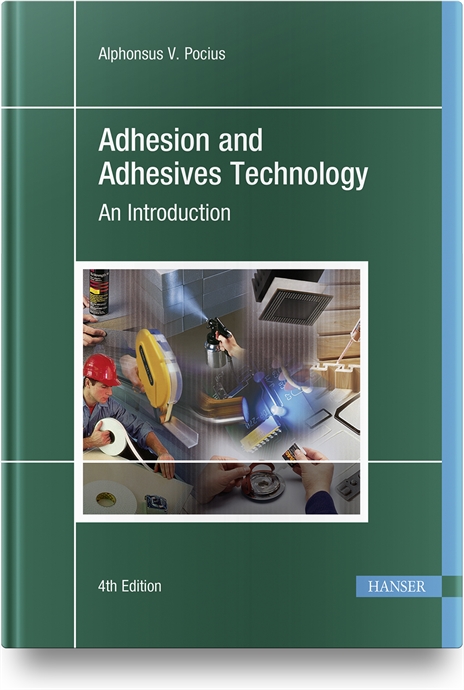Most castings and powdered metal parts have porosity. Porosity provides a leak path into or out of castings. In powdered metal parts, porosity can cause severe plating problems. Vacuum impregnation with a polymer seals these pores.
There are three types of sealants:
sodium silicates
unsaturated polyesters
acrylics
Water solutions of sodium silicate are the oldest. These inexpensive sealants can withstand temperatures over 500 C. They suffer from high shrinkage and long processing and curing times. They are best suited for sealing macroporosity.
Unsaturated polyesters are diluted with styrene monomer. These fairly low-cost sealants must be cured at high temperatures for long times. Their high viscosity makes them most suitable for sealing large pores.
Low-viscosity acrylics have come to the fore with the increased use of aluminum and magnesium in automotive parts. Usually methacrylate monomers, acrylics have revolutionized porosity sealing because of their ability to penetrate both macroporosity and microporosity and to cure quickly.
The earliest acrylics were based on anaerobic resins. Batch processing typically involved placing parts in a basket, immersing them in the resin, and removing air from the system and the pores by pulling a vacuum. On release of the vacuum, the sealant flowed into the pores.
Next, the basket would be raised out of the bath and spun to remove excess resin, which was reused. Because anaerobic resins were expensive compared with sodium silicates and polyesters, this step was critical to the economic viability of the process. After centrifuging, the parts were rinsed in a chlorinated solvent and then placed in an activator bath, which was also a chlorinated solvent. This process was carried out at room temperature—heating the parts might cause the resin to bleed from the pores. Later, aqueous washing and activating solutions replaced the solvents.
Initially, the anaerobic process proved attractive for new installations, but it was difficult to convert long-time users of silicates or polyesters, due to the high capital costs. This hurdle was overcome with heat-cure versions of
methacrylate resins, which could be cured in less than 30 minutes using peroxide initiators at 90 C. Manufacturers could use this new resin with their existing polyester equipment, cure the parts in hot water, and get better performance with a much cleaner and easier to handle system.
Another major innovation was the use of azo initiators for the heat cure, which mitigated the effect of metals on the stability of the sealants. All sealant manufacturers now use this cure system. Incorporating emulsifiers and hydrophilic monomers into sealant chemistries allows manufacturers to rinse parts in plain water, resulting in significant cost savings.
Today, sealants are being formulated for specific applications. For example, resins for sealing microporosity in advanced aluminum castings in the auto industry are different from the chemistries for sealing powdered metal components. Sealants have also been formulated to ensure complete washing of blind and tapped holes.
New sealants include:
- Low-viscosity, fast-processing sealants for aluminum castings.
- Highly washable anaerobic sealants for powdered metal components.
- Flexible sealants for plastic-to-metal connections.
- Flame-retardant sealants for electronic applications.
- Fuel-resistant sealants.
One company, Godfrey and Wing Inc., has introduced the Continuous Flow Impregnation (CFI) System. A dry vacuum and pressure process, the system uses robots to seal one part at a time. Compared with batch processes, the CFI system uses no labor, less sealant, and less water and energy. It can seal a part in less than 100 seconds.
Editor’s note: Dave Dunn, Ph.D., is a former vice president and director of research at Loctite Corp. If you have a question about adhesive bonding, call 330-562-2930, e-mail DrDave242@windstream.net, or visit www.fldenterprises.com.







